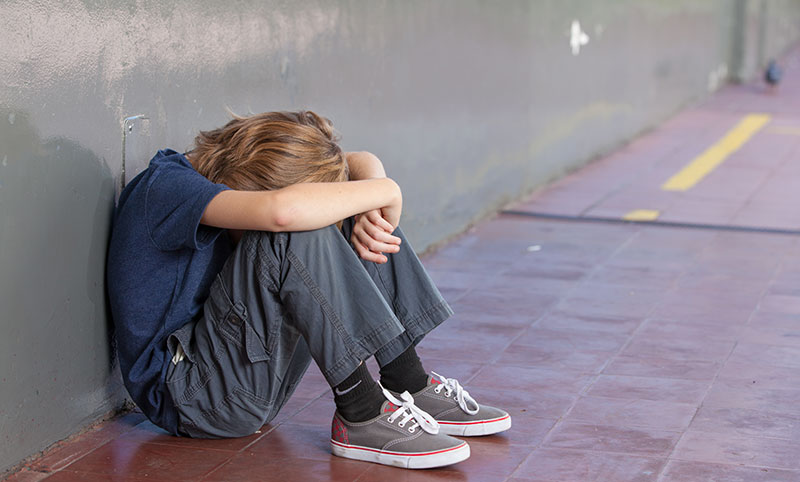
Dealing with School Bullies
Bullies. Every school has them. They taunt, tease, shove, and beat up other kids. Indirect bullying — where kids are ignored or excluded — can be just as devastating as a physical assault, say experts.
While as many as one-half of children today experience pain at the hands of bullies, parents may still believe that schoolyard bullying is simply a rite of passage, something that must be endured and then becomes a distant memory. But being the victim of a bully can have long-lasting psychological scars, says Kim Zarzour, author of Facing the Schoolyard Bully.
Kids may be afraid or ashamed to tell adults about a bully. Some parents don’t intervene because they think kids should work it out on their own. What can you do to help your kids protect themselves from a bully?
Encourage your kids to tell you, a teacher, or another adult when they’re having a problem. It’s important for them to let someone know early, before the situation escalates.
Explain the difference between tattling and telling. Tattling is when you report something just to get someone in trouble. Telling is when you report that you or someone else is in danger.
Insist on the buddy system to and from school and in the neighborhood. Children give each other support, and a child who has friends is less of a target. “This can be hard to do when kids don’t have a lot of friends,” says Jeannette Collins of the New Jersey Center for Assault Prevention. “Parents should encourage their kids to reach out to other kids. That way they can watch out for one another.”
Consider enrolling your child in a self-defense course. “People think the training will escalate the violence,” says a mother whose son was bullied. “But it’s just the opposite — it stresses self-discipline, self-control, and self-esteem, not aggression.”
Let your school know your safety worries. Suggest closer supervision in hallways, bathrooms, lunchrooms, under stairways, and on the playground. Your kids have the right to feel safe at school, so find out what your school’s policies on bullies are.
Ask the school or PTA to sponsor safety training workshops and to initiate a peer mediation program, in which staff and students are trained in nonviolent conflict resolution. For more information, contact the National Center for Assault Prevention, or the National School Safety Center.



